Protective clothing is not just a barrier against workplace hazards; it’s a visual language. Different colors of disposable protective clothing, such as those produced by Wuhan Youfu, offer distinct meanings and uses in various industrial settings. Let’s explore these colors and their significance in ensuring worker safety and efficiency.
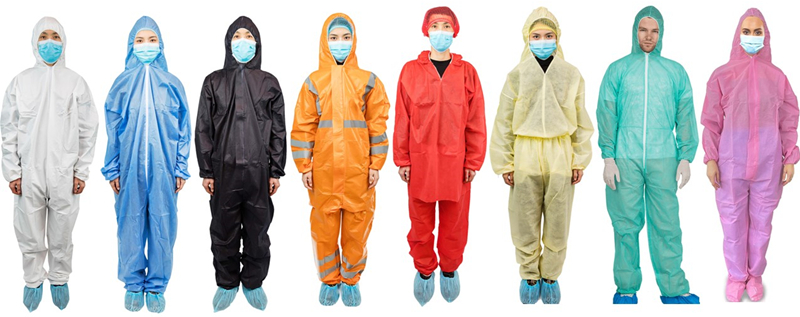
Understanding Disposable Protective Clothing
Protective clothing is an essential aspect of workplace safety, designed to protect employees from potential hazards. This clothing ranges from safety vests and respirator masks to full protective suits, each serving to guard against workplace hazards such as dangerous chemicals and environmental risks.
White Disposable Coveralls:
White is synonymous with cleanliness and is predominantly used in medical and laboratory settings. It signifies a sterile environment and makes contamination easily visible. Companies like Wuhan Youfu manufacture white coveralls that are vital for hospital staff, laboratory technicians, and others who work in environments where hygiene is paramount.
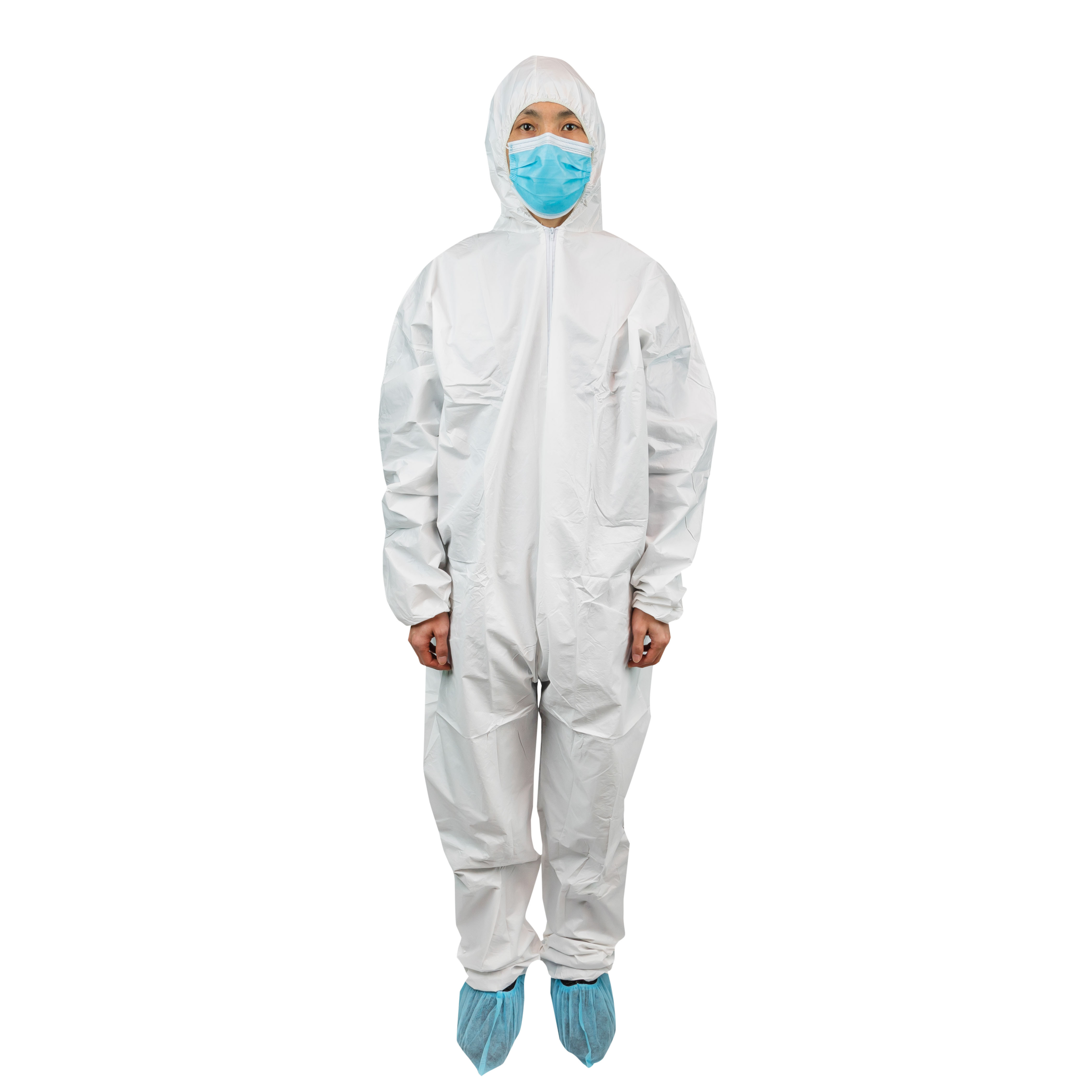
Blue Disposable Coveralls:
Blue coveralls are a common sight in general industry, where they serve multiple purposes. They are less likely to show dirt and wear, making them practical for environments like manufacturing plants. Additionally, blue coveralls can be used to differentiate roles within a team, aiding in organization and safety. The calming nature of blue also contributes to a professional and psychologically comfortable work environment.
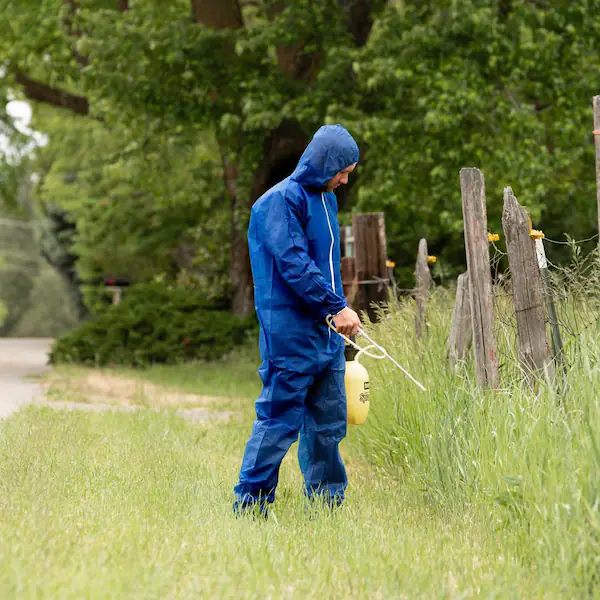
Yellow Disposable Coveralls:
The bright, eye-catching yellow is all about high visibility. In industries where workers are at risk from moving vehicles or machinery, like construction and road work, yellow coveralls are essential. They ensure workers are seen in low-visibility conditions, reducing the risk of accidents.
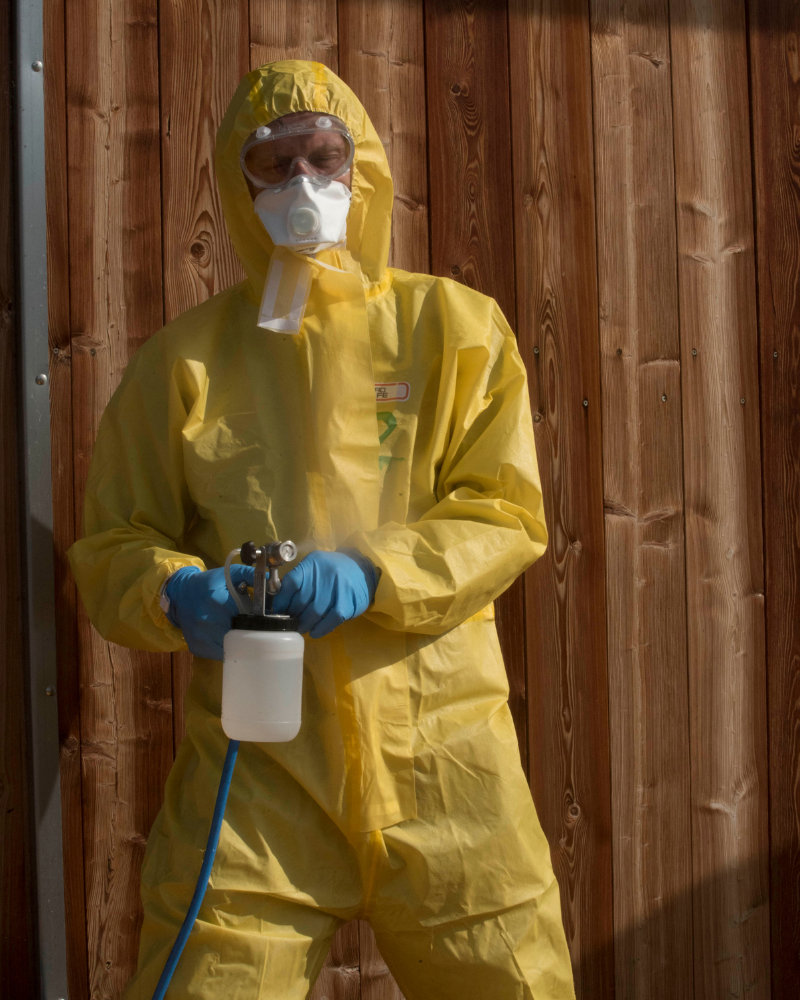
Orange Disposable Coveralls:
Orange, much like yellow, is used for its high visibility. It’s especially common in emergency response settings and industries where workers are exposed to significant hazards. Wuhan Youfu’s orange coveralls, for example, are designed to stand out in busy, potentially dangerous environments such as mining, ensuring that wearers are immediately noticeable.

Black Disposable Coveralls:
Black coveralls are practical in environments prone to dirt and grime. They are ideal for hiding stains and maintaining a professional appearance over time. Industries that involve oil, grease, or heavy machinery often opt for black coveralls as they keep workers looking clean throughout their shifts.
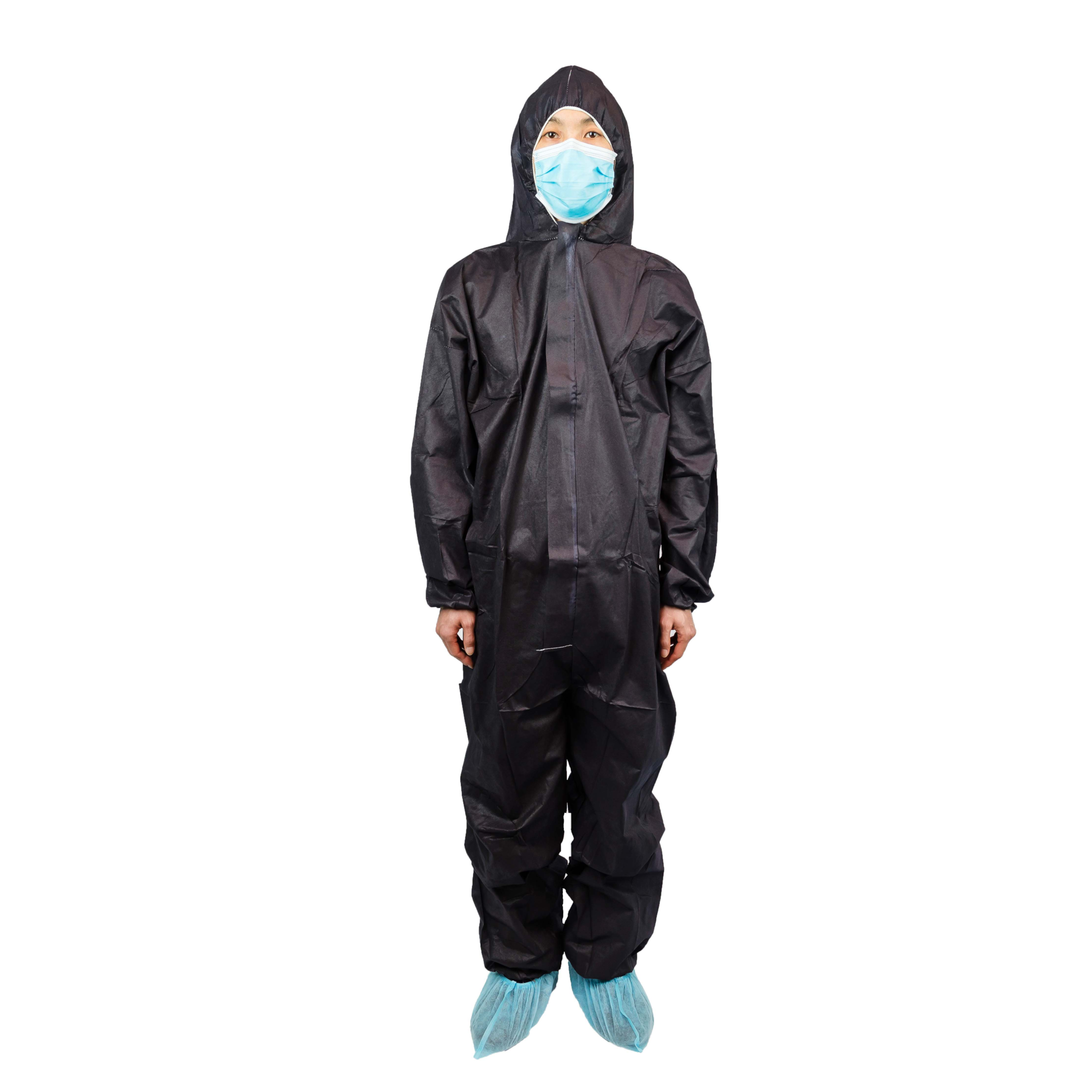
Red Disposable Coveralls:
Red is a color of urgency and caution, often used in environments that deal with extreme hazards. It’s a signal of danger, used in settings where high-risk activities take place, like firefighting or chemical handling. Red coveralls, such as those provided by Wuhan Youfu, alert others to exercise caution around the wearer.
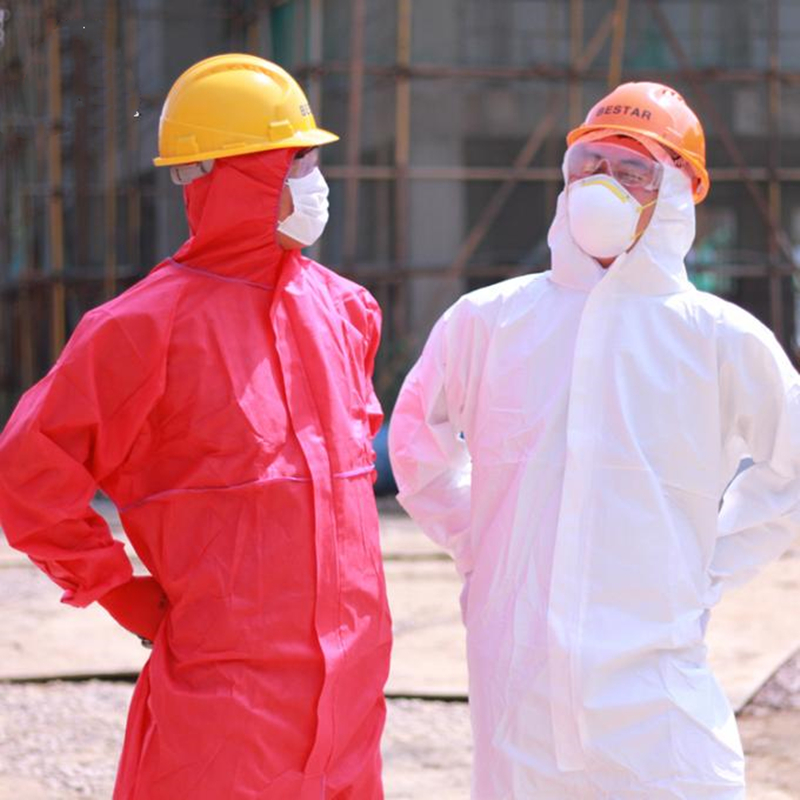
Pink Disposable Coveralls:
While less common, pink coveralls are sometimes used for specific roles or to make a visual statement. They can help in distinguishing certain workers or simply add variety to the standard color palette of protective clothing.
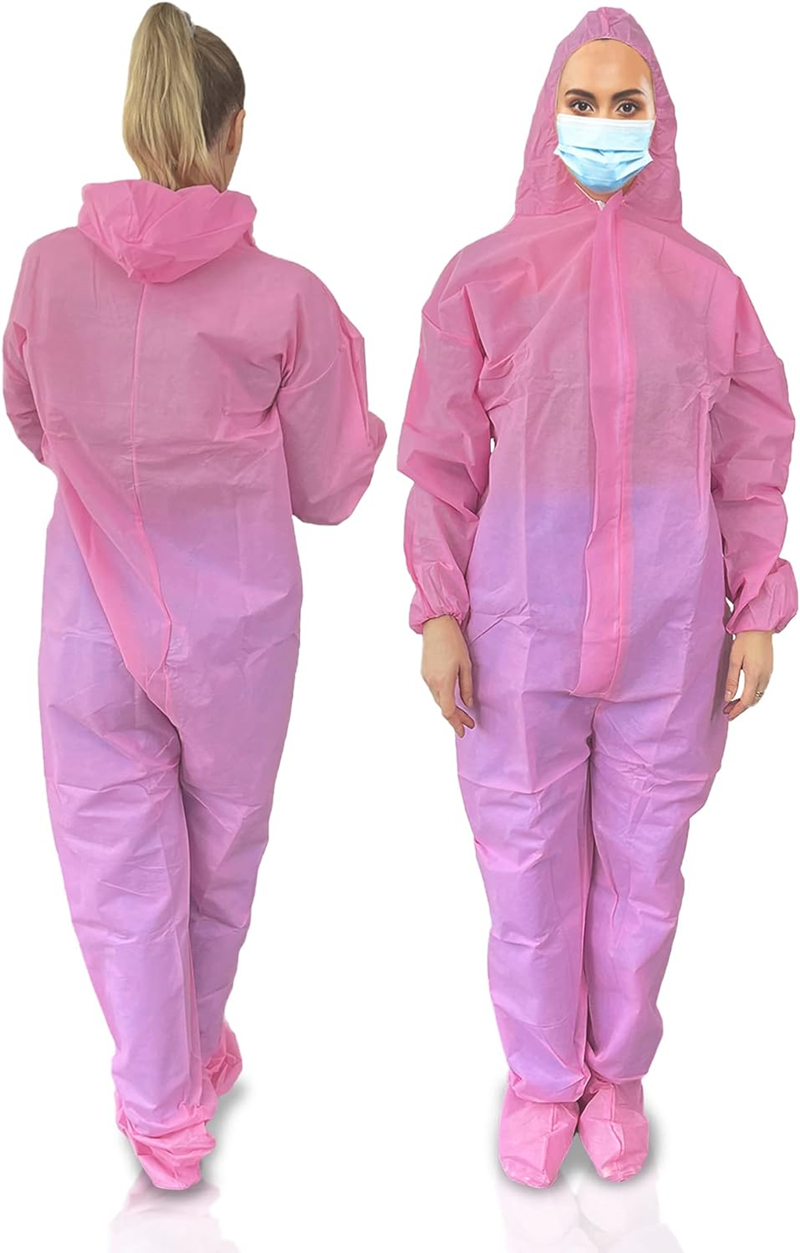
Green Disposable Coveralls:
Green is frequently associated with safety and environmental services. It’s often used in medical settings, but with a different implication than white, focusing more on general safety and less on sterility. Green can also be calming, making it a suitable choice for environments where this effect is desired.
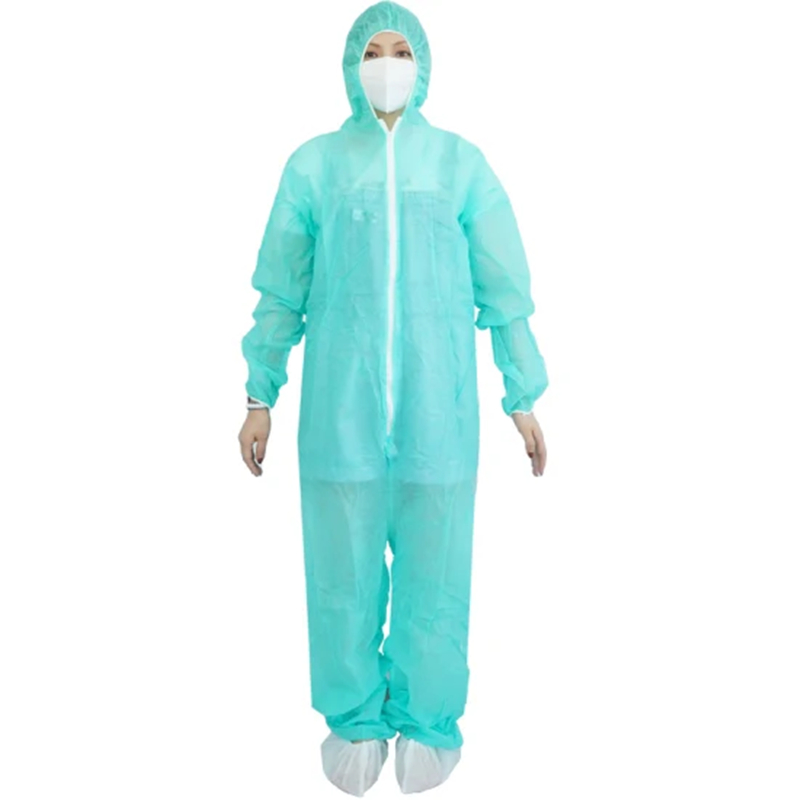
Material and Fabric: The Base Layer of Protection
The efficacy of disposable coveralls as personal protective equipment (PPE) hinges significantly on the materials and fabrics used in their construction. These materials form the foundational layer of protection against various workplace hazards. Manufacturers, including companies like Wuhan Youfu, are tasked with a delicate balance: they must ensure their protective suits are sufficiently robust to safeguard against environmental risks, be it chemical exposure, particulate matter, or biological agents, while also maintaining wearer comfort. The materials need to be chosen carefully to provide a breathable yet secure barrier. For instance, non-woven fabrics are often used for their ability to filter particles and resist fluids, while also allowing for air movement to keep the wearer comfortable. Most common non woven materials are PP, SMS, PP coated Microporous film.
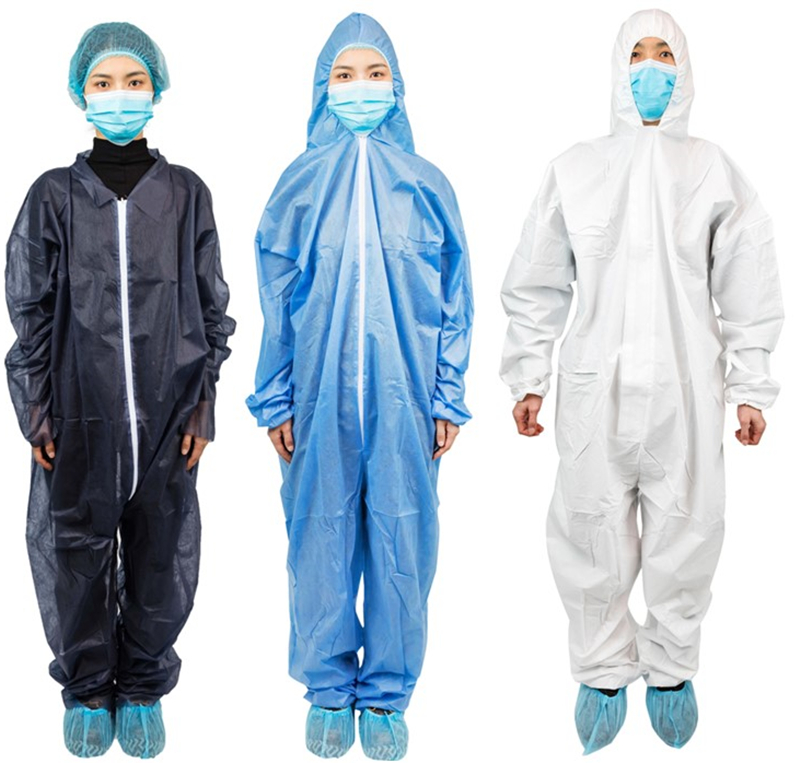
Ensuring Safety with the Right Level of Protection
Determining the appropriate level of protection is a critical aspect of workplace safety. This involves a thorough assessment of the potential risks present in the work environment. Factors such as the type of chemicals handled, the intensity and duration of exposure, and the need for high visibility or flame resistance dictate the choice of protective clothing. For example, thicker, more impermeable fabrics may be necessary for handling hazardous chemicals, whereas lighter, highly visible materials are required for workers in high-traffic areas. Companies like Wuhan Youfu cater to these diverse needs by offering a range of protective suits, each designed to meet specific safety standards.
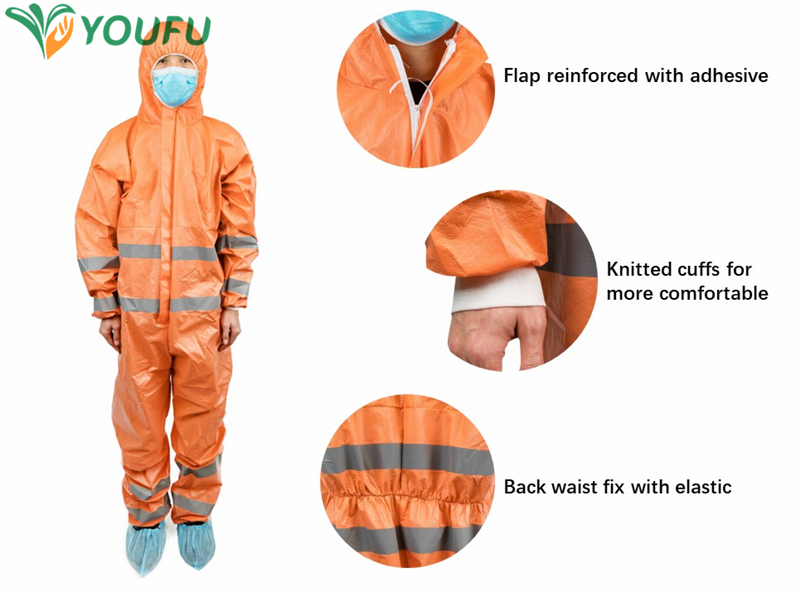
The Role of Employers in Providing PPE
The responsibility for ensuring worker safety through the provision of appropriate PPE primarily lies with employers. They are required not only to supply suitable protective clothing that aligns with the specific hazards of the workplace but also to ensure that employees are adequately trained in its proper use. This involves educating workers on how to correctly don and doff the coveralls, understanding the limitations of their protective gear, and recognizing when it needs to be replaced. Employers must stay informed about the latest advancements in PPE technology and standards, continuously updating their equipment to align with best practices and regulatory requirements. In doing so, they not only comply with legal obligations but also foster a culture of safety and responsibility within their organizations.
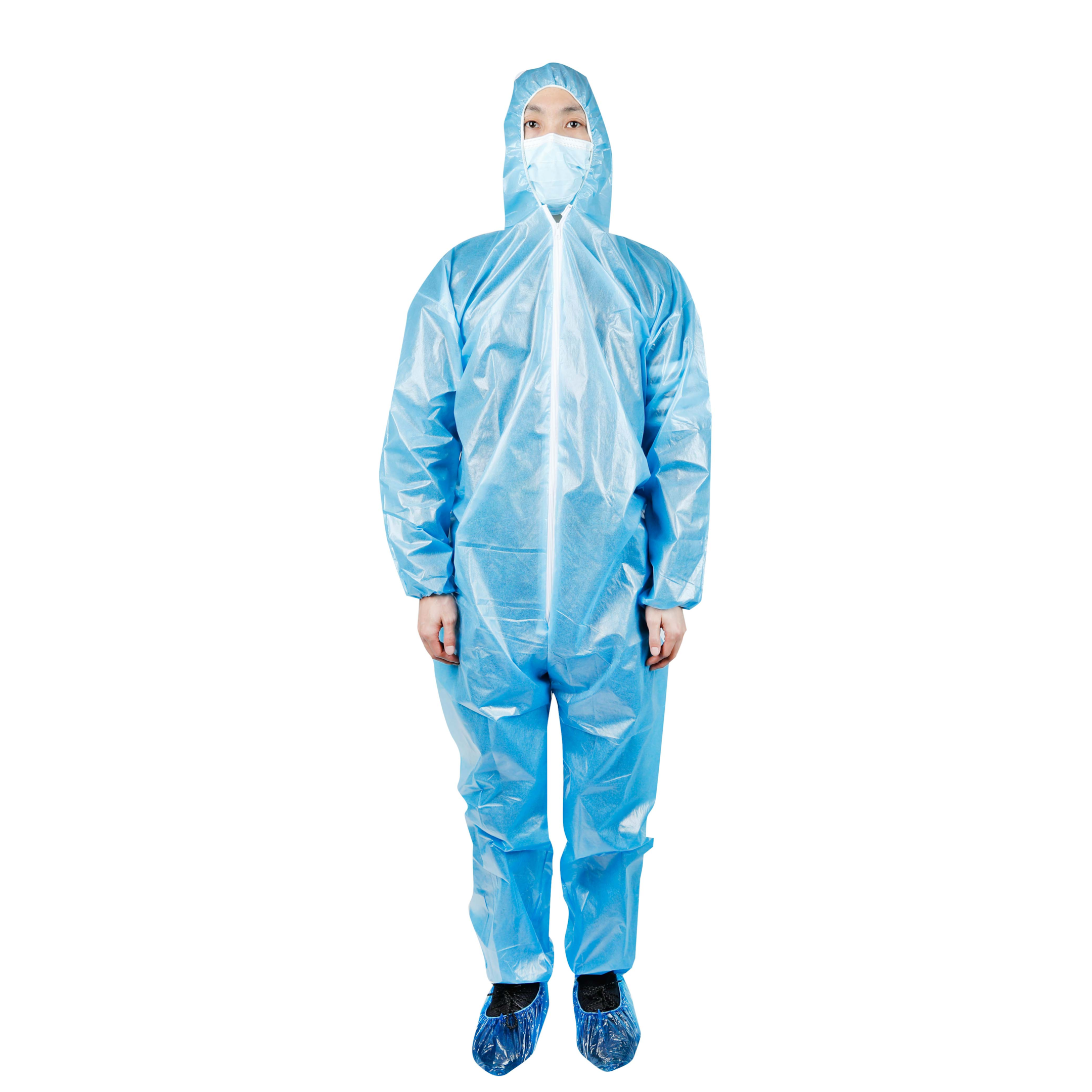
The color of disposable protective clothing is more than just a visual aspect; it’s a crucial part of the safety and functionality of PPE. Each color serves a specific purpose, and understanding these can significantly impact the effectiveness of safety protocols in various industries.
Selecting the right PPE, including the appropriate color of protective suits, is crucial. It depends on the work environment, the risks involved, and the level of visibility required. Companies like Wuhan Youfu play a significant role in providing a range of colored coveralls, each designed to meet the specific needs of different industries.
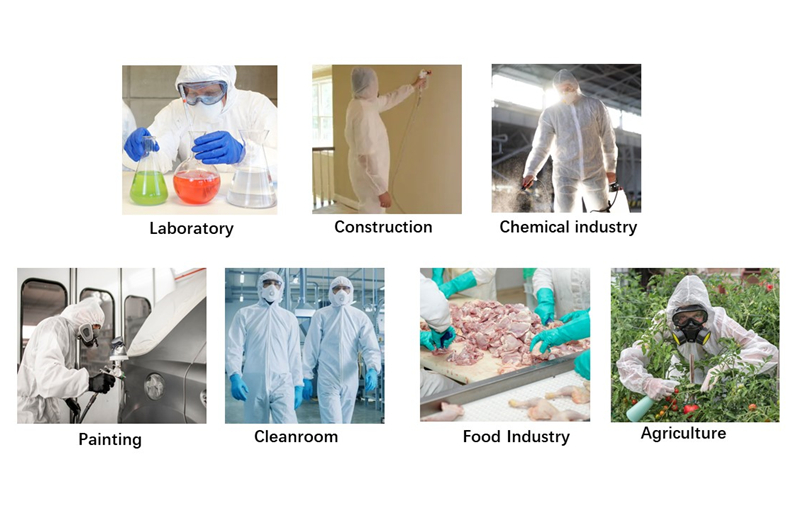
Preguntas frecuentes
- What does the color of disposable protective clothing indicate in a work environment?
- The color indicates specific functions like high visibility, hygiene, or role differentiation.
- Are there specific colors for certain industries?
- Yes, certain colors are more common in specific industries, like white in medical settings or orange for emergency responders.
- How do employers decide which color of protective clothing to provide?
- This decision is based on the nature of the job, the risks involved, and the industry standards.
- Can the color of protective clothing affect its protective qualities?
- The color itself doesn’t affect protection, but it can impact visibility and suitability for certain environments.
- Is it necessary for all industries to use colored protective clothing?
- While not necessary for all industries, colored protective clothing is crucial in many settings for safety and functionality.











